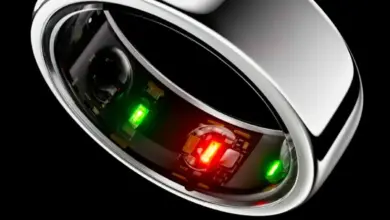Apple’s Anti Child-Porn Update Stirs The Pot
Millions of photographs and films of sexually assaulted children are available on the internet, with more pornographic content published every day. This may all appear odd or shocking to individuals who are unfamiliar with how the internet operates. After all, you are not likely to come across any of this information while merely surfing the web. Any ordinary search engine, such as Google, Bing, Yahoo, or DuckDuckGo, will not return results containing child pornography. It will not appear in video-hosting services such as YouTube searches. It’s exceedingly unusual that you’ll encounter anything depicting child sexual assault on social media or even on platforms specifically designed to host adult pornography.
So, how does child pornography make its way onto the internet, and how has it been mostly hidden from those who don’t want to see it? This is due to some somewhat complicated and elaborate technology created to track out child pornography. Tracking System is one of the most well-known techniques to track child porn. This technology is undoubtedly a brilliant piece of technology.
Apple Tries To Calm The Critics
Before storing a photograph in Apple’s iCloud, the image’s hash is compared to a database of hashes given by the National Center for Missing and Exploited Children (NCMEC). Beginning with an upgrade to iOS 15, that database will be distributed in the code of iOS. The matching takes place on the user’s iPhone rather than in the cloud. If Apple identifies a quantity of infringing files in an iCloud account, the system will upload a file allowing Apple to decrypt and view the photographs in that account. A person will carefully review the pictures to see whether there is a match.
The system only works on images uploaded to iCloud, which users can turn off, Apple said. Photos or other images on a device that haven’t been uploaded to Apple servers won’t be part of the system.
IPhones will start detecting photographs of child sexual abuse, often known as child pornography that users upload to Apple’s iCloud storage service using complicated technology. Parents will soon switch on a function that will alert them when their children send or receive nude photos via text messages. Parents will quickly switch on a process that will alert them when their children send or receive naked pictures via text messages. Apple will design the new capabilities so that users’ privacy is respected, such as guaranteeing that Apple never sees or learns about any nude photographs sent in a child’s text messages.
Apple is unable to add different hashes to the database. Apple has announced that it will show its system to cryptography experts to ensure that it can detect illicit child exploitation photographs without jeopardizing user privacy. Some security experts are concerned that this technology could be used to detect other types of images in the future, such as shots of political protests. Apple claims its technology is designed to only operate with photographs cataloged by NCMEC or other child safety organizations. Cryptography is created so that it cannot be exploited for other purposes.




